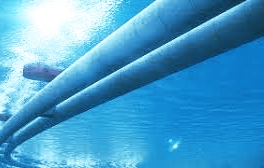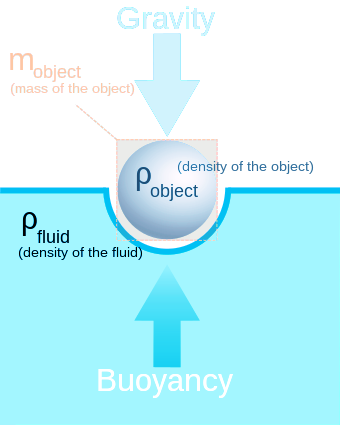Table of Contents
Introduction of Submerged Floating Tunnel
Submerged Floating Tunnel is designed and constructed in a way that it can float under high water pressure. In the ancient times it was not possible. But nowadays various floating tunnels are made.

Bridges and tunnels are the most common structures used to cross bodies of water. In some cases, submersible tunnels run under the ocean or river bed. However, if the bed is too rocky, deep or undulating, underwater floating tunnels are used.
Concept
The submerged floating tunnel is work on the principal of buoyancy. Most of the offshore structures and oil rigs are works on the same concept.
See the below image to understand buoyancy.

After the pipe has been prefabricated section by section in the dry dock and the sections have been transported to the construction site, one option is to seal the sections first. Dip in place while sealing. The seal is broken when the sections are clamped together. Another option is to leave the section unsealed and pump the water out on site after welding. Ballast is calculated so that the structure is nearly hydrostatically balanced, whereas the underwater tube tunnel is ballasted to achieve negative buoyancy. So they mostly stay on the seabed. Of course, this means that the underwater swim tunnel must be anchored to the bottom or to the surface, depending on the buoyancy of the underwater swim tunnel.
Why Submerged Floating Tunnels are Used?
There are various reasons of constructing submerged floating tunnels. Due to technologies advancement, we can travels into sea via submerged floating tunnels.
Floating tunnels are a completely new concept and have never been used before, even in very short lengths. You can see that the depth of the sole varies greatly depending on the location. Maximum depth is up to 8 km. Also, in certain sections. The average depth is 3.3 km.
There are two options for construction. A bridge above water or a tunnel below the surface. With a maximum depth of 8 km, it would be impossible to build a bridge with concrete columns of this height. Also, the pressure below 8 km above sea level is almost 500 times higher than the atmospheric pressure, so you can’t survive in such a high-pressure zone. This means that even submerged tunnels cannot be used. Therefore, the floating tunnel will be completed at a depth of 30m above sea level where there is no problem of high pressure. This is enough for large ships to sail over it unhindered.
Uses of Submerged Floating Tunnel
- Travel from one place to another.
- Transportation of goods.
- Installation of offshore navigation devices by using submerged floating tunnels.
- Installation of security system.
